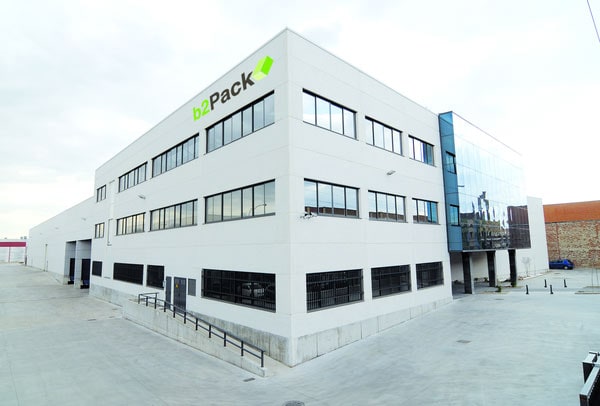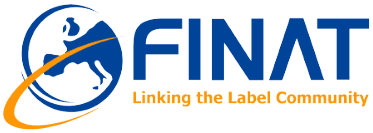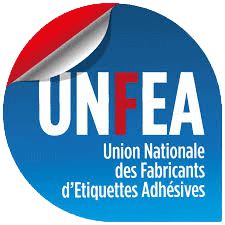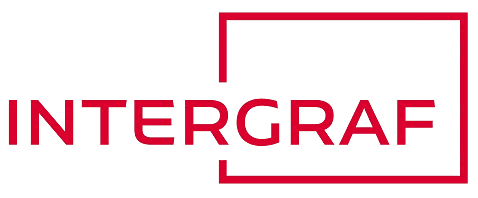In these more than 50 years, the evolution of the company has been characterised by its constant adaptation to the demands of the market in terms of speed of delivery, improvements in the quality of printing and finishes, a reduction in the number of production runs in order to minimise the inventory of clients and increase their references, etc. The latest step in this strategy has been the incorporation of a Miyakoshi MLP UV semi-rotary offset, which is designed to meet the strict quality requirements of these markets.
Installed in June of this year, the Miyakoshi UV semi-rotary offset is the first piece of equipment with these characteristics made by this manufacturer used by the company. “We chose this piece of equipment basically for two reasons”, explains b2Pack general manager Alberto Sanz Martin. “First of all, the good reputation of the brand in terms of the functionality of this type of semi-rotary machine and, secondly, our trust in the distributor (in this case, OMC).”.
Being a producer of high-quality labels is the philosophy of b2Pack, which currently has a plant with an area of 7,500 m2 and 93 employees. The firm was a pioneer in the centre of Spain in the production of high-quality wine and liquor labels and, after several years in which the greatest effort has been made in other lines of business, the company again wishes to strengthen its position in this tough market. “In its day, it was one of our most iconic niche businesses”, says Alberto Sanz, “and recovering this position required us to adapt to changes seen in the labels sector in recent years: shorter production runs, greater variety in runs, etc. To adapt to these changes, it was essential to have a machine that would allow for short, high-quality runs at a very reasonable cost. We found just such a machine in the Miyakoshi semi-rotary machine. In short, when de decided to expand and strengthen our labels business we had two options: to focus on greater production of products with less value-added or to focus on a market focussed on products of high quality. In the end we decided in favour of the latter option: although the first option offered more turnover per machine, it represented a departure from the philosophy of the business: to always operate in markets for medium-high range labels”.
As a result, the Madrid-based firm, which already had various label production lines with digital, flexographic, typographic, serigraphic and stamping lines, has now completed with fleet with this offset machine, which in the main will be used to meet the demand for high quality that characterises the wine and liquor label market. “b2Pack has always sought out the machinery that provides the best quality in all of the printing systems it uses”, says the general manager, “so that the factor that most influences the choice of machine is the run, except in those cases where, despite being small runs, there is some special requirement, such as gold ink. In such cases, we use the semi-rotary machine because to use digital machinery would be impossible from a technical perspective”.
b2Pack has expressed its satisfaction with the results obtained by the machine during its short time in operation: “Initially, and following a natural period of adjustment to how the new machine operates, we have a very good feeling as to what this machine could contribute to our business. The semi-rotary must be highly productive. Gradually, we are refining all of these elements that, once focussed in the correct manner, will allow us make full use of all of its services with the ongoing help and advice of OMC. Going even further, however, while the equipment now provides us with reasonable technical services, when it comes to production, speed, adjustment in testing, etc., what is even more important to us is to determine how long these advantages will last. Here, we feel that in the medium- and long-term, with the adjustments required, the machine will continue to provide an optimal response in future”.
The aim: An integrated label and case service
Over the course of its history, b2Pack has endeavoured to offer clients a combined labelling and packaging solution. “Most of our clients come from five sectors: cosmetics, perfume, pharmaceuticals, food and beverages. In cosmetics, for example, where quality standards are very high, we have many clients to whom we provide mainly packaging services. It is in this sector where we wish to increase our presence in labelling operations. We find ourtselves in a similar situation with the food sector: we provide packaging for high-end products and being able to also offer luxury labelling to this sector is the perfect complement, enabling us to provide the client with an integrated service”.
“The addition of the Miyakoshi MLP UV semi-rotary offset will enable the company to expand its client base and offer new products to existing clients”. “It should be remembered that clients in general, and large clients in particular”, says Alberto Sanz, “naturally have a wide range of suppliers according to what suits them best. It is here where the company must be prepared in order to provide an adequate response to their needs in order to remain one of its collaborators. At a given moment, b2Pack detected this dynamic in the market and, based on this discovery, we decided to invest in this new piece of equipment”.
In short, with a view to the future and as a result of the addition of this new equipment, “we hope to increase our turnover and boost the loyalty of those clients to whom we provide a small proportion of their products, thanks precisely to our ability to offer them an integrated, more complete service that meets even more of their needs or requirements. Another option we are considering is to increase customer loyalty and provide a larger share of the needs of clients who began with small label runs, which we produced in digital format, and who are beginning to order larger runs that are consistent with the services provided by this machine of the quality and at a cost sought. To achieve this objective and to broaden our options, when this machine was added to our fleet of equipment we broadened our label finishing options with the addition of a new line that will basically serve Miyakhosi and digital production”.
In all of these forecasts, one must not forget, according to the b2Pack general manager, that within the general panorama of the graphics sector the labelling sector is one of the few sectors that has shown signs of growth in recent years and all indicators would suggest that this will continue to be the case, at least in the short- to medium-term. “The sector has experienced what I would call a difficult time, a time in which b2Pack, which could be considered an SME that specialises in the production of labels with a degree of value-added and whose production is aimed essentially at the domestic market, has become more specialised and further optimised its processes. At the moment, I would describe the labels market as stable in terms of product volume and dynamics and as experiencing growth in terms of the number of models and frequency of orders”.
With regards to this issue, OMC general manager Enrique Rodríguez and David López, the manager for Miyakoshi at OMC, state that “the labelling sector has requirements of its own that are not applicable in other markets of the graphics industry. Miyakoshi meets all of these requirements, collaborating very closely with label producers and other suppliers of paper, ink, etc. to be able to offer a product that meets all requirements of the market. New advances and developments arise each day. The aim of the Japanese firm is to be up to date with these advances and developments, and to implement them in its own production process; so much so that each machine is designed, configured and built in a manner that is fully customised to meet the requirements of each client”.
The Miyakoshi MLP UV semi-rotary offset: The machine
The Miyakoshi MLP UV semi-rotary offset has been designed to meet the growing demand for small and medium-sized runs of high-quality labels and to reduce start-up times and losses.
Solid and sturdily built, its offset technology provides for excellent print quality, minimising start-up costs. With a repeat length of up to 406.4 mm, the unit provides for great flexibility in the attachment of labels, the ability to print large labels and very high productivity levels.
It has a maximum printing speed of up to 300i/m, irrespective of the length of repetition; it can print at this speed constantly while providing fast change times due to its complete automated electronic system. Each printing unit is controlled by a servo-driven Bosch-Rexroth motor, and can be operated on its own and/or in sync with other units.
Its patented voltage monitoring system, which is based on 2 servo-motor rollers in the uncoiling unit and 2 in the rewinding unit, ensures accurate records and control of stable voltage at maximum speed.









